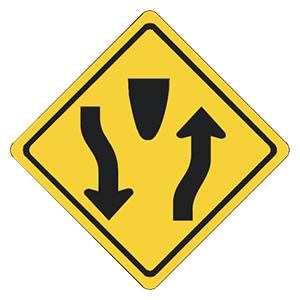2025 Kentucky Permit Test 17
The following questions are from real DMV written tests. These are some of the actual permit questions you will face in Kentucky. Each permit practice test question has three answer choices. Select one answer for each question and select "grade this section." You can find this button at the bottom of the drivers license quiz. For a complete list of questions and answers for Kentucky please visit https://cheat-sheets.dmv-written-test.com/en/kentucky/car.
Number of Tests
Number of Question
Passing Score
17. A distraction when driving is:
Explanation
A distraction when driving is anything that takes your attention away from driving. Driver distractions may occur anytime and anywhere. Distracted driving can cause collisions, resulting in property damage, injury, and death.
19. Drivers are required to obey instructions from:
Explanation
Drivers must obey special signs or instructions given by flaggers. They are in place to keep drivers and workers safe.
20. If you are driving and the rear end of your car starts skidding to the left, you should:
Explanation
If your vehicle enters a skid, you should take your foot off of the brake and steer in the direction that you want to go. For example, if the rear of your vehicle is skidding to the left, you should steer to the left. This will help bring the front of the vehicle in line with the rear, thereby straightening out the vehicle's overall direction.
21. If your vehicle starts to lose traction because of water on the road, you should:
Explanation
When driving in heavy rain at speeds as low as 30 mph, your tires may lose all contact with the road and instead ride up on a layer of water above the surface of the road. This is called "hydroplaning." If your vehicle starts to hydroplane, slow down gradually and do not apply the brakes.
22. It is dangerous to follow a motorcycle too closely because:
Explanation
Motorcycles can stop quickly and following them too closely endangers your life and that of the motorcyclist. If the motorcyclist makes a mistake, you need to have enough time and space to avoid a crash.
23. When a pedestrian guided by a dog or carrying a white cane is crossing the street:
Explanation
Blind or partially blind pedestrians may carry a white cane or use the assistance of a guide dog. You must always yield the right-of-way to a pedestrian who is using a guide dog or carrying a white cane.
24. When driving on a slippery surface, such as snow or ice:
Explanation

